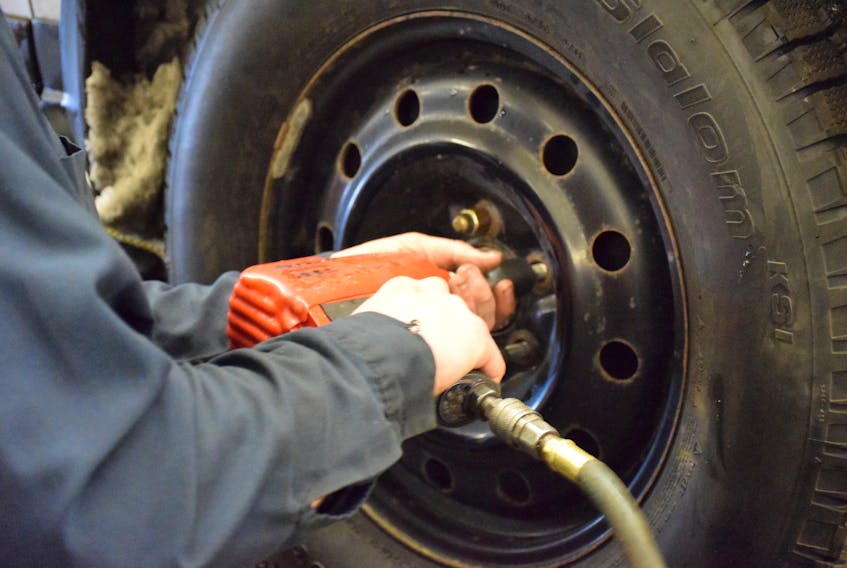Winter tires are like children’s breakfast cereal: there are countless types, each with their own claim of superiority, and they all present beautifully with vibrant advertising materials, packaging and TV commercials.
Selection is also abundant.
That’s a great thing for the shopper trying to decide between Muslix and Corn Flakes, but it can cause plenty of confusion when you’re trying to pick a set of winter tires, especially for the first time.
So maybe you’re suffering a touch of winter-tire-selection anxiety. I know, I have. This a very real thing to many motorists. After all, having the right rubber under your ride, in our climate, is a very big deal if you like to get around safely.
Based on my best knowledge on the topic after thousands of kilometres of winter-testing hundreds of vehicles on dozens of winter tires, here are some considerations if you’re feeling a little overwhelmed.
For first-time winter tire users, making the switch from all-season to winter rubber is the bulk of the spike in traction you’ll experience — not switching from one winter tire to another. Put another way, get the winter traction puzzle sorted out about 90 per cent just for switching over, provided you’re selecting a tire from a reputable brand.
Bearing that in mind, remember that you tend to get what you pay for, to a point. That’s most true on the lower end of the pricing spectrum. Extremely low-cost winter tires are available and, in my experience, they’re to be avoided. Stick to a brand you know, trust, or have previous experience with, for best results.

Provided you avoid $65-dollar apiece winter tires from a brand that didn’t exist last year, talking to a qualified sales representative after doing a little homework will typically land you with a great set. And though higher-end winter tires have innovative features, so do more affordable ones. Performance differences may be hard to nail down, too—since vehicles and conditions vary widely.
The gist? Don’t overthink the up-sell. My favourite winter tires are Michelin X-Ice 2, but I’ve tested my exact vehicle rolling on a set of more affordable Dunlop winter tires that showed no massively perceptible difference in traction — at least for the specific set of conditions I drove them in, and how that affects the specific vehicle I was driving.
And that leads to the next point: how winter tires are tested. Whether reading owner reviews or a professional rating scale, remember that the road conditions and temperatures in winter vary as widely as the vehicle to which those winter tires are mounted. Reading up on reviews is great for a ballpark impression of what to expect, but your results will vary.

And remember that winter tires do vary between each other. Some are better in slush, but more slippery on ice. Some offer better braking "bite" in deeper powder, but less grip when cornering on ice. Some are better at stopping fast on hard-packed snow but not so good in the slush.
Sort through this in two ways: first, check Facebook or the web for an online owner forum relating to your specific vehicle. Pop in and ask the owner’s community which winter tires they like best. Often, there will be a few common favorites, and many owners in these forums are happy to share theirs.
Also, talking to a qualified salesperson about where and how you drive is a good idea, even if it’s just to confirm your selection, or explore similar options at different price points.
Oh, an don’t sweat the tread pattern too much. Some are prettier than others, but tread pattern is a contributing factor to the tire’s performance, not the whole shebang (I’ve heard several rally-car drivers say that the ugliest treads are the best).









